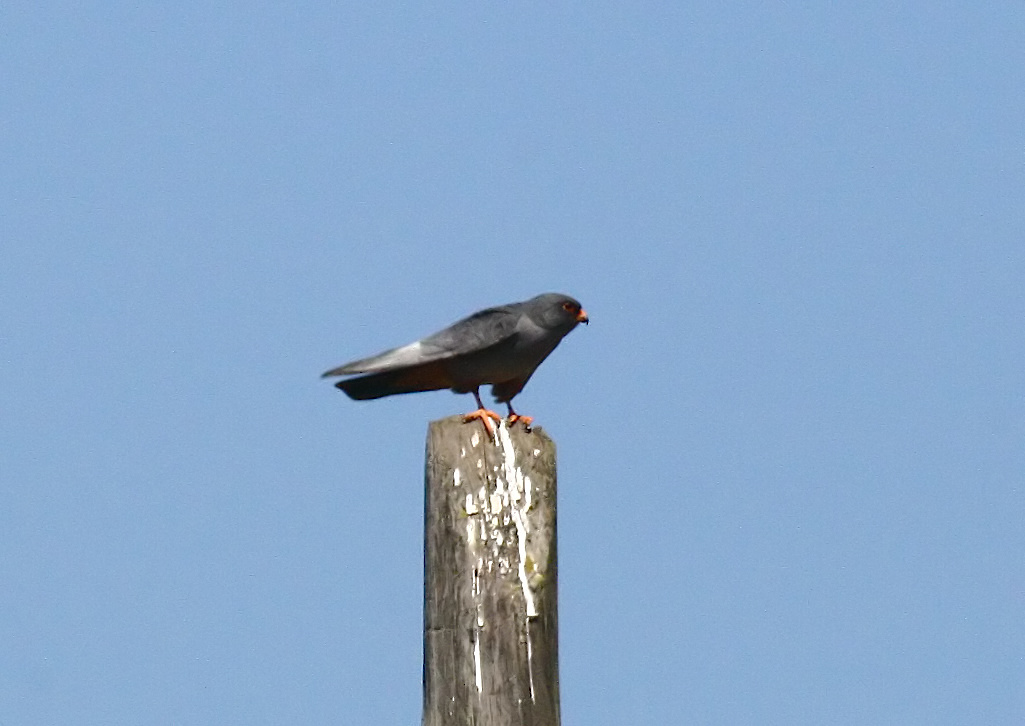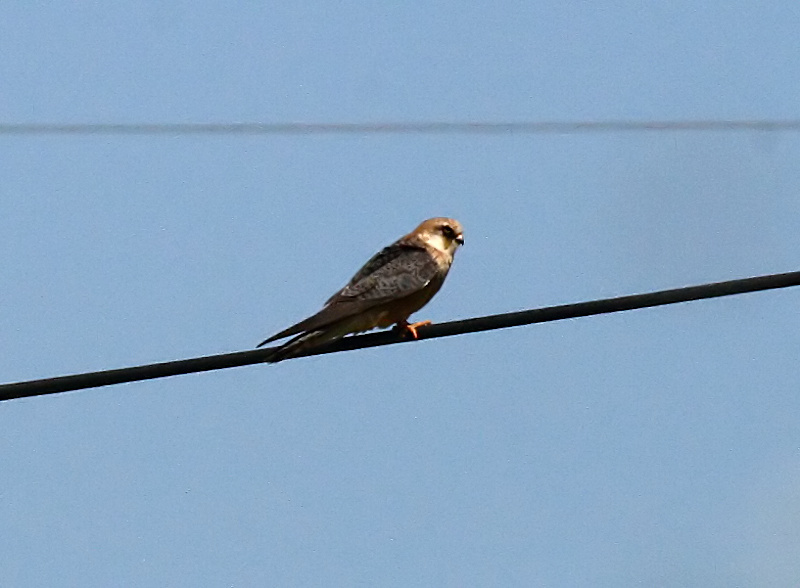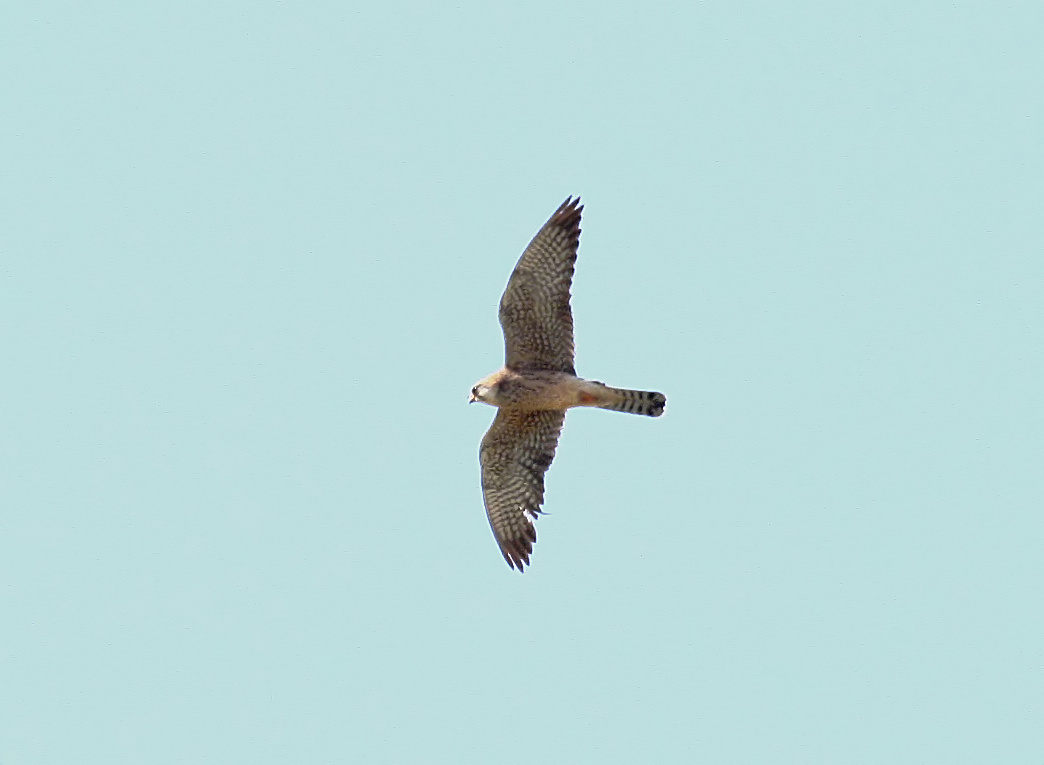Since last week, Portugal is receiving an unexpected and rare visitor, the red-footed falcon (Falco vespertinus). In the last 30 years this species was only spotted a dozen times; in only a week 100 birds have already been observed.
These are some facts you need to know before you grad your binoculars and go outside to watch these birds. Gonçalo Elias, specialist in birds, gives you a hand.
How is it like?
The red-footed falcon is a small bird of prey with 28 – 31 cm in length and a wingspan of 65 – 75 cm. It weights between 130 and 197 grams. Males have mostly grey plumage and red legs, bill and eye-rings. Females are of lighter colours, with a rust-coloured head.
What’s happening?
Since 13th May, “this falcon has been spotted in Portugal in unexpected large numbers”, says Gonçalo Elias. “We can say there have been around 100 individuals observed”. In one day, in south of Portugal, 21 falcons were spotted near Beja.
The greatest concentrations were observed in Alentejo and Algarve. But this species was also seen in the North coast, Centre, in Tagus Estuary and in the islands of Madeira and Azores.
Portuguese ornithologist community has been paying attention to this phenomenon. For instance, in Facebook group Aves de Portugal Continental (Birds of Continental Portugal), which has over 10.000 members, have been posted several photos of this little falcon, among the most usual birds, such as sparrows, blue tits or common chaffinch.
Is this species only passing by?
The red-footed falcon winters in Africa – especially in South Africa, Angola, Botswana, Namibia, Tanzania, Zambia and Zimbabwe – and nests in Asia and Europe, with its most important populations in Russia, Ukraine, Romania and Hungary.
The most likely scenario is that these birds that are visiting Portugal are half way on their migrations between Africa and Eastern Europe.
Why are they a rarity in Portugal?
This species can be considered a rarity in Portugal because this country is out of its normal geographical range. Usually, this bird migrates through the Eastern Mediterranean and, therefore, is not frequent in Portugal. Why is it here now we don’t know for sure. But perhaps these birds were diverted from their normal course due to strong winds, affecting this country recently.
Is this a threatened species?
The red-footed falcon is relatively frequent in the region where it occurs and it’s not a global threatened species. But European population has been declining for the last decades. Therefore, Birdlife International has attributed it with a “Vulnerable” conservation status.
So, where can we go to spot red-footed falcons in Portugal?
Gonçalo Elias suggests the fields near Tagus river, in Ribatejo, and countryside near Castro Verde, in Alentejo.




